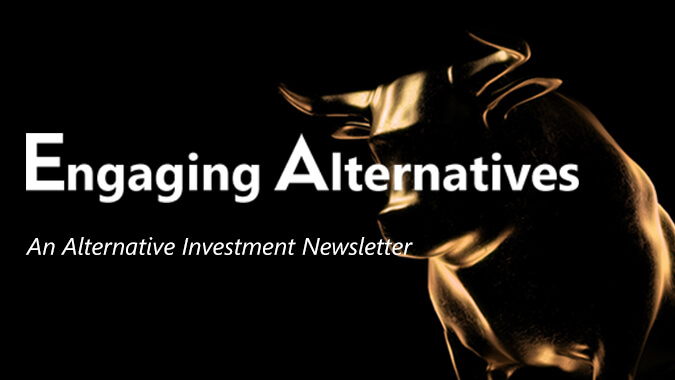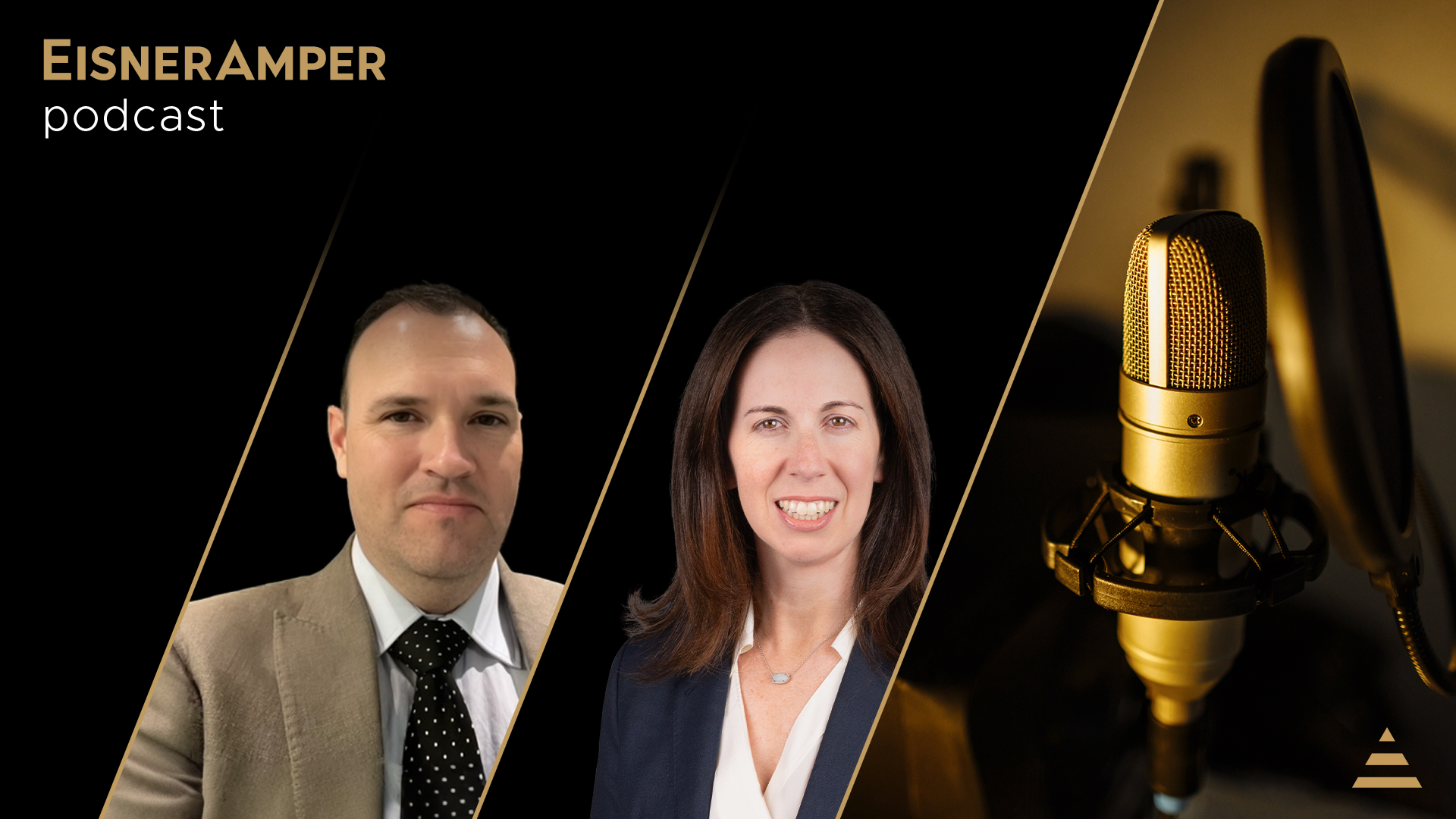
The Realities of Running a Business in a Pandemic
- Published
- May 14, 2020
- Topics
- Share
The COVID-19 pandemic has impacted how middle market executives run businesses. On May 5, EisnerAmper hosted a webcast titled “The Realities of Running a Business in a Pandemic,” featuring a panel of middle market business executives discussing the challenges of operating in the “new normal.” The webcast was hosted by Nkrumah Pierre, director of business development and head of EisnerAmper’s Friends of the Firm, with insights from:
- John Delalio, managing director, EisnerAmper
- Bruce Eatroff, managing partner, Halyard Capital
- Doug Klares, founder/CEO, Infinity Consulting Solutions
- Bill Shaid, founder/president, PAINTech
Despite the challenges faced with the near-complete current shutdown of the economy, the panelists concurred that some sectors are thriving or are relatively unaffected, depending on location.
Some states have not restricted construction activity and business continues as usual. Project commitments are firm in the short term, putting more focus on the implications in the next year-to-year-and-a–half, according to Mr. Shaid.
Some e-commerce companies are seeing booming business as people shelter in place and order craft kits and other items for entertainment.
Mr. Klares expressed concern about the shape and slope of the recovery as a function of the length of the shutdown. At the beginning, a v-shaped bounce back was expected, but hopes for that wane as the quarantine extends.
Private equity investors like Mr. Eatroff are focused on the cash position of their portfolio companies to gird against uncertainty, and notes that many are re-thinking their business models as workers move remote.
The feasibility and impact of working from home (WFH) is dependent on industry, business model, and geography, panelists agreed. In places like New York City with workers dependent on public transportation, WFH is a necessity to maintain physical distancing. In other locations where employees commute by car, there is less anxiety about returning to the office. WFH could be a negative trend for real estate valuation, perhaps mitigated by physical distancing guidelines requiring tenants to rent more office space.
In the staffing industry, the inability to meet in person presents challenges for making new hires, with many recruiters reluctant to advance candidates and companies reluctant to make commitments to onboard candidates they’ve never met in person. For information-driven business models, WFH has not logistically compromised productivity, but restaurants and day care, for example, cannot operate. For some executives, the move toward WFH hasaccelerated an ongoing trend and been a relatively smooth transition. It has also forced the adoption of technology ranging from video conferencing to electronic payments, Mr. Delalio said.
Perhaps the most pressing challenge for business leaders right now is looking after the well-being of their people, the panelists stated. They all agreed people are scared – for their own health, for that of family members, and for the security of their livelihood. Many are dealing with loss and unmanageable demands on their time with kids at home, aging parents, and a full-time job. Mr. Eatroff emphasized the importance of transparency and frank conversations, noting that “people appreciate insight into what’s happening with the business.” Mr. Klares focused on empathy and the reality that some leaders are getting it right, and others wrong. Communication and connectivity are key to maintaining employee morale, they all agreed.
Uncertainty around the Paycheck Protection Program (PPP) looms large across the board as the SBA and U.S. Department of Treasury continue to roll out implementation guidelines. Murkiness regarding how furloughs versus reductions in pay will be treated has caused hesitation although there may be some preference among workers to take pay cuts versus furloughs. Some business owners were approved for loans but are now concerned they may have to return the funds, a tremendous pain point that keeps them awake at night.
Job seekers are encouraged to mine their own networks for opportunities and to focus on polishing their professional brand on social media (LinkedIn) and by improving their resume.
The big questions that remain are around timing of how long this lasts – when will a vaccine become available and when will consumers feel that this pandemic is firmly behind us. Overall, everyone remains optimistic that there will be a recovery, and that the American economy will come back online.
Contact EisnerAmper
If you have any questions, we'd like to hear from you.
Receive the latest business insights, analysis, and perspectives from EisnerAmper professionals.











